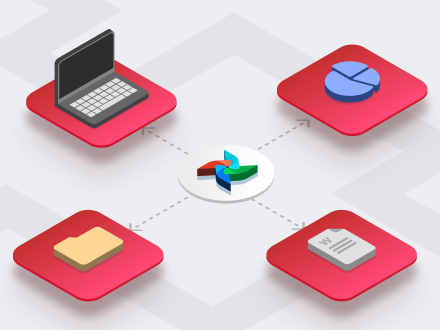Key use cases of data analytics for risk and insurance
Here’s how data is being applied across the insurance value chain — daily, quietly, and with serious impact.
Risk assessment and pricing
Forget broad categories. Today’s insurers build dynamic risk profiles using historical data, real-time behavior, and even unconventional signals like social media activity, purchasing habits, or satellite imagery for property coverage. The result? Precision pricing that reflects actual risk.
Fraud detection
Modern fraud analytics digs deeper than rules-based systems. It combines structured data (claims history, provider details) with unstructured inputs (claim narratives, behavioral patterns) to surface anomalies early. Text mining, anomaly detection, and cross-referencing third-party data now flag fraud before it drains your reserves.
Telematics in auto insurance
Real-time data from GPS devices and sensors helps auto insurers understand how a vehicle is driven, not just who’s driving it. This includes acceleration, braking, mileage, and even phone use behind the wheel. The payoff? Personalized premiums, faster claims resolution, and fewer disputes.
Customer segmentation
Analytics allows insurers to go beyond demographics and segment customers by behavioral traits, life stages, digital habits, and more. That means marketing, product design, and support can be tailored, not just targeted. It’s the difference between offering a policy and offering relevance.
Claims processing automation
Automation now handles the bulk of initial claims processing: data validation, inconsistency checks, and settlements calculations. Analytics improves accuracy and flags suspicious claims for further review, freeing up human adjusters for edge cases.
Underwriting enhancement
Gone are the days of underwriting based solely on age and static tables. Today’s underwriters feed diverse datasets into AI models — from EHRs to credit behavior to driving data — generating risk scores that update continuously. It’s dynamic, not fixed. And it’s far more reflective of real-world risk.
Customer experience personalization
Policyholders are no longer treated like files. With analytics, insurers can proactively identify needs, anticipate churn, and deliver value at the right moment, be it a coverage reminder, product upgrade, or lifestyle-based discount. Think CX with context.
Predictive analytics
From identifying customers likely to file high-cost claims to detecting those on the verge of lapse, predictive models let insurers stay one step ahead. This proactive posture improves retention, allocates resources more effectively, and helps build long-term relationships.
Catastrophe modeling
Natural disasters have always been unpredictable, but their frequency and intensity are on the rise. That’s why analytics now blends real-time climate data, satellite inputs, and urban development maps to model disaster risk in specific locations before it happens. It’s the future of underwriting for climate volatility.
Health and wellness programs
Insurers now partner with employers and policyholders to improve health outcomes. Analytics from wearables, wellness check-ins, and claims history allow for preventive care, risk stratification, and more flexible policy options based on health profiles.
Claim settlement optimization
Analytics-driven claims systems can predict whether a claim is valid, how long it will take to resolve, and how likely it is to escalate. This helps insurers prioritize resources, avoid litigation, and reduce both payout timelines and overhead.
Cybersecurity and digital risk
Insurers are now underwriting cyber risk using analytics that consider IT infrastructure, industry threats, and behavioral risk indicators. On the flip side, they use the same tools to protect their own operations: spotting suspicious access patterns, credential misuse, or anomalies in usage data.
Fraud prevention in healthcare
Healthcare fraud is complex and often collusive. Analytics flags patterns that no manual system could catch (duplicate billing, ghost claims, inflated service volumes, or misaligned diagnostics) and initiates investigation workflows automatically.
Property valuation
Data models now incorporate location intelligence, construction materials, claim frequency, and even local infrastructure developments to provide real-time property valuation. No more outdated appraisals or under/over-insurance risks.
Product development
Insurers are finally using data to design policies people actually want. By mining claims data, usage patterns, emerging risks, and behavioral signals, they can build products for microsegments and identify underserved niches. The goal isn’t volume; it’s precision.


























